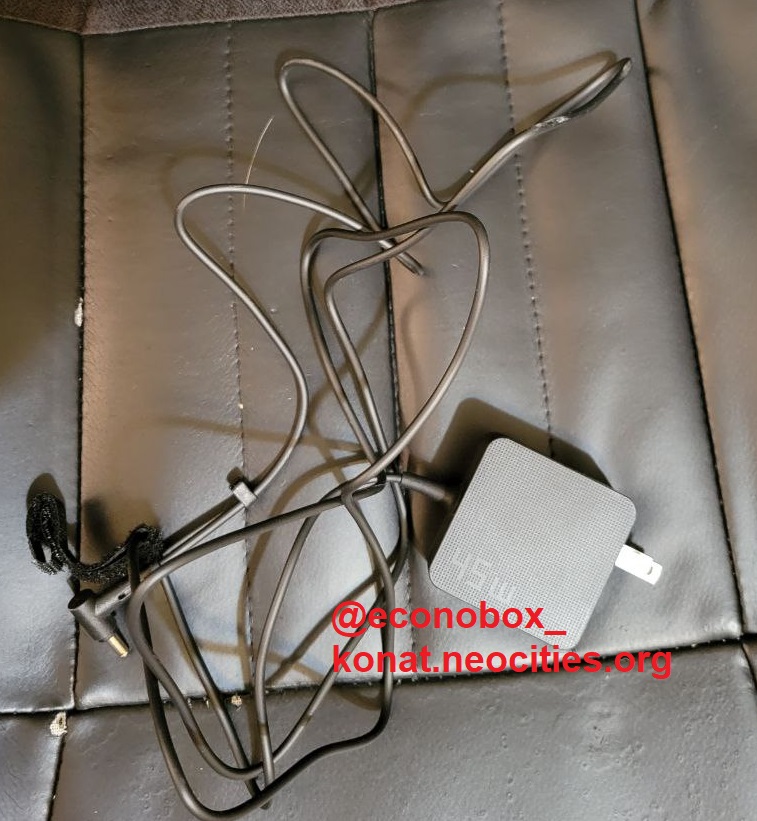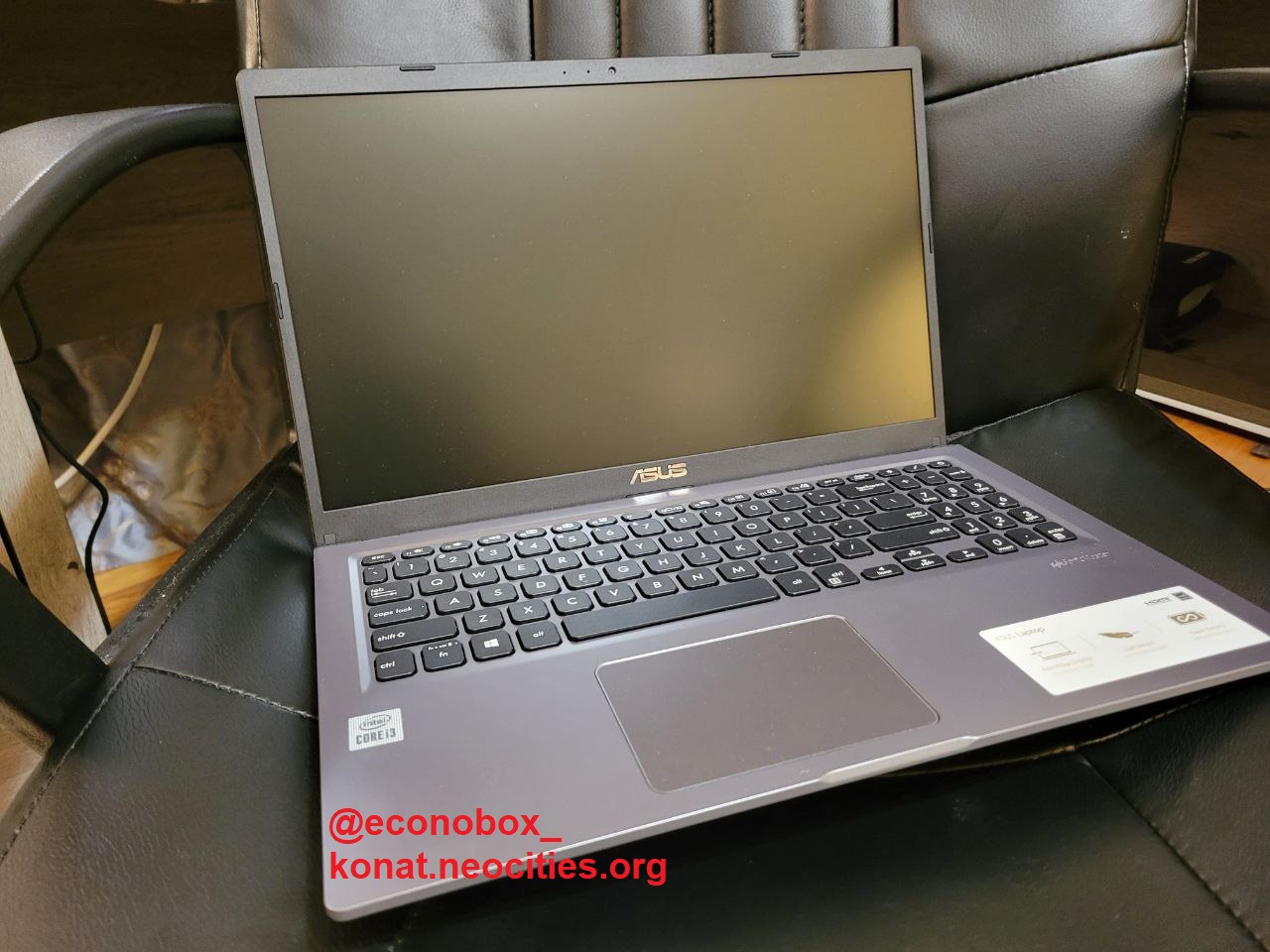Portability
This machine does weigh roughly 4 LBS (~1.8 KG), which is relatively heavy with the amount of netbooks and ultrabooks on the market; however, this machine does have the upgradeability factor which those lack. The PSU is a lightweight 45W unit, but its cable is relatively short, which is noteworthy because you will likely need to carry it, as the battery only lasts 4-6 hours doing "normal tasks" (web browsing in a Chromium-based browser, word processing, instant messaging, writing articles for this website).

Performance
The SSD in this machine has to be its main selling point, its the fastest I've ever used, at least; data transfers are almost instantaneous. The RAM so far hasn't been a bottleneck, provided that I close out web browsers before playing games or editing video/images. As for gaming performance, while this machine is far from being intended for gaming, it can handle games like BeamNG (30-35 FPS, lowest settings), Teardown (40-50 FPS, medium), and Minecraft (30-40 FPS, medium), which is a good sign for anyone with an interest in gaming portably. Performance doing other tasks (video watching, web browsing, word processing, and the like) is about as good as it gets for the price, too.
Build quality
This is one of the best built machines I've ever had, second only to my (long-since-trashed) Thinkpad, the chassis and display have no flex whatsoever, the hinges are remarkably tight (even for a new machine), and the ventilation is stellar. The keyboard has no flex, however, it is a chiclet-style keyboard, with a compact numpad. The trackpad is one of the better ones I've used-- in spite of the lack of physical buttons. Lastly, ventilation-wise, this system runs amazingly cool, the fans almost never come on for more than a couple minutes (even then, that was during intense gaming).
I/O
The machine has a "lackluster" port selection by 2022 standards-- featuring only one USB-C and one USB 3.0 port, two USB 2.0 ports (still more than is offered on some higher-end machines), a headphone jack (combined microphone/headphone input, sadly), a kensington lock slot, HDMI port, and a barrel-type A/C adapter port.
Software
Out-of-the-box, this system ships with Windows 11 Home, supposedly in "S mode" (a restrictive mode which only allows software installations from the Microsoft store[?], either way, its a free switch), however, because Windows 11 Home requires a Microsoft account, I opted to install Windows 10 Home (which also removed any possible ASUS bloatware). Once in my new install, Windows Update automatically installed MyASUS (some "diagnostics" program, my Lenovo Thinkcentre had a similar program, "Lenovo Vantage," these programs are junk, uninstall them) and drivers.
Pricing
As of writing, this system is retailing for $350 in the USA (at Best Buy, $420 at Amazon; equivelant to ₩435,753 pre-tax) ₩579,000 in the ROK (at Coupang, albiet without Windows preinstalled [and as a slightly different model]; equivelant to $464.94) as of writing.
In my honest opinion, this machine is worth $400 at most (I'd say that the Korean price is almost reasonable due to the insane overpricing of hardware in the ROK).
econobox_ and KONAT receive no commission for anything purchased with the URLs linked on this page, and are not liable for trackers inserted by 3rd parties (i.e. your web browser, network/system policy, and/or a browser plugin/extension), and every effort is taken to provide URLs with minimal to no trackers.
Copyright 2022, Econobox_ (d.b.a konat.neocities.org)
